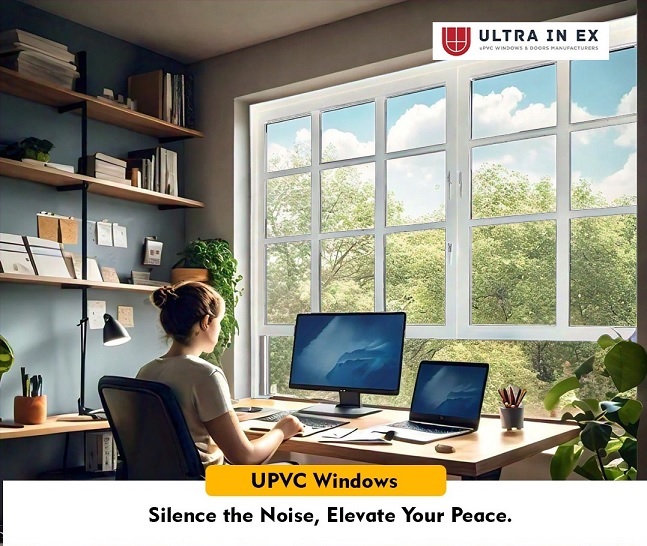ULTRA IN-EX inward opening window refers to a window design where the sash (the movable part of the window that holds the glass) swings or opens into the interior of the building when operated. This is in contrast to outward opening windows where the sash swings outward.

Advantages of Inward Opening Windows:
- Weather Protection: Inward opening windows can provide better protection against wind and rain when closed because the sash presses against the frame, reducing the likelihood of water infiltration.
- Security: Some inward opening window designs may offer enhanced security features, such as multi-point locking systems, making them more difficult to force open from the outside.
- Aesthetics: Inward opening windows often have a sleeker appearance from the exterior, as the hinges and mechanisms are hidden within the frame.
- Maintenance: Easier to clean both the interior and exterior of the window because you can access both sides from inside the building.
- Ventilation Control: Allows for controlled ventilation while still providing some degree of security, as you can lock the window in a partially open position.
Considerations:
- Space Requirements: Inward opening windows require interior space for the sash to swing open, which may not be suitable for small rooms or areas with limited space.
- Interior Design: The inward opening motion can affect interior design choices, such as furniture placement near the window.
- Safety: Care should be taken to ensure that inward opening windows do not obstruct pathways or create hazards inside the building when opened.
- Cleaning Accessibility: While easier to clean compared to outward opening windows, the exterior of inward opening windows may still require access from outside for thorough cleaning.
Inward opening windows are commonly used in residential and commercial buildings and are chosen based on their functional benefits and aesthetic appeal, particularly in regions where weather protection and security are prioritized.
